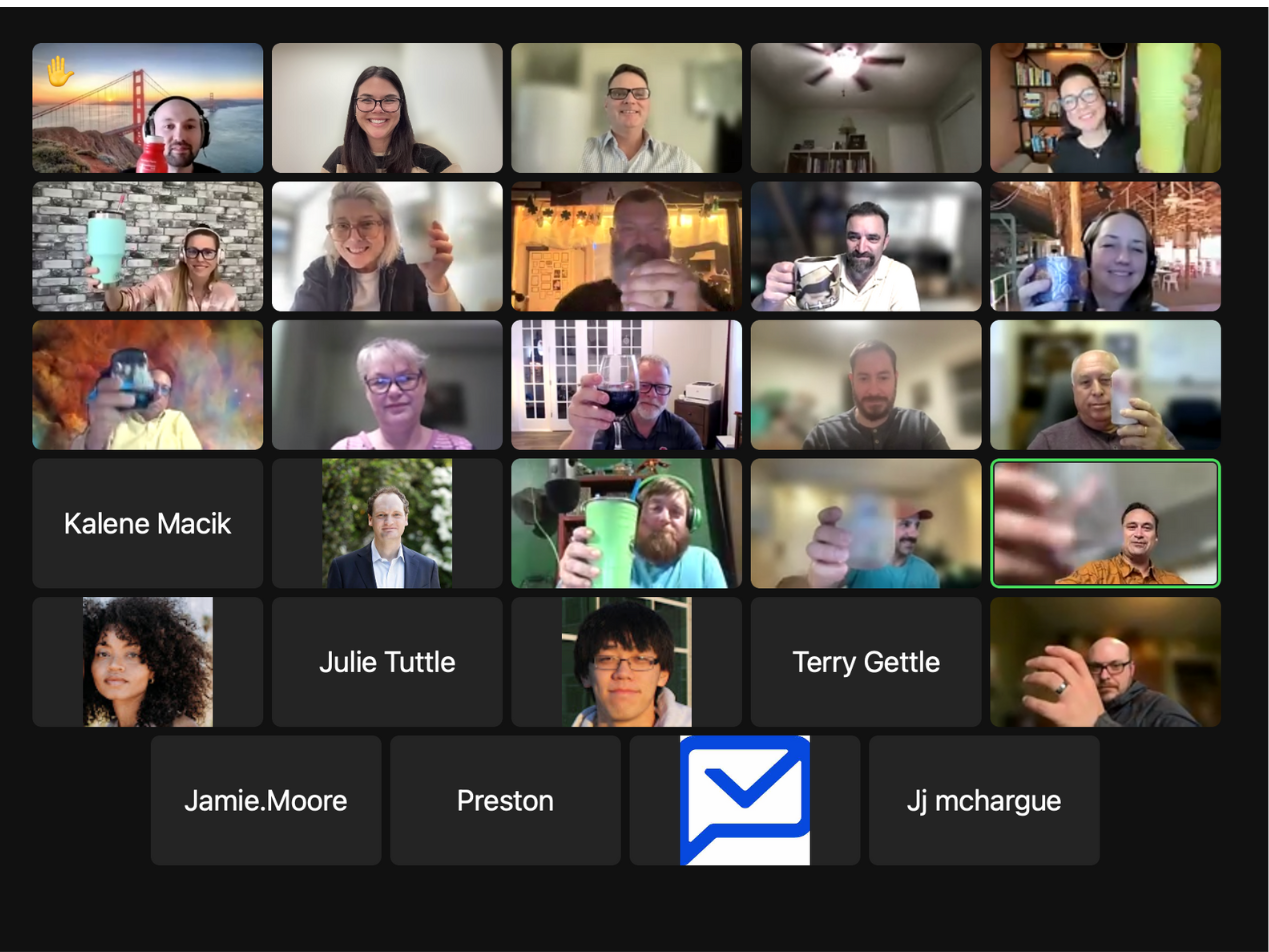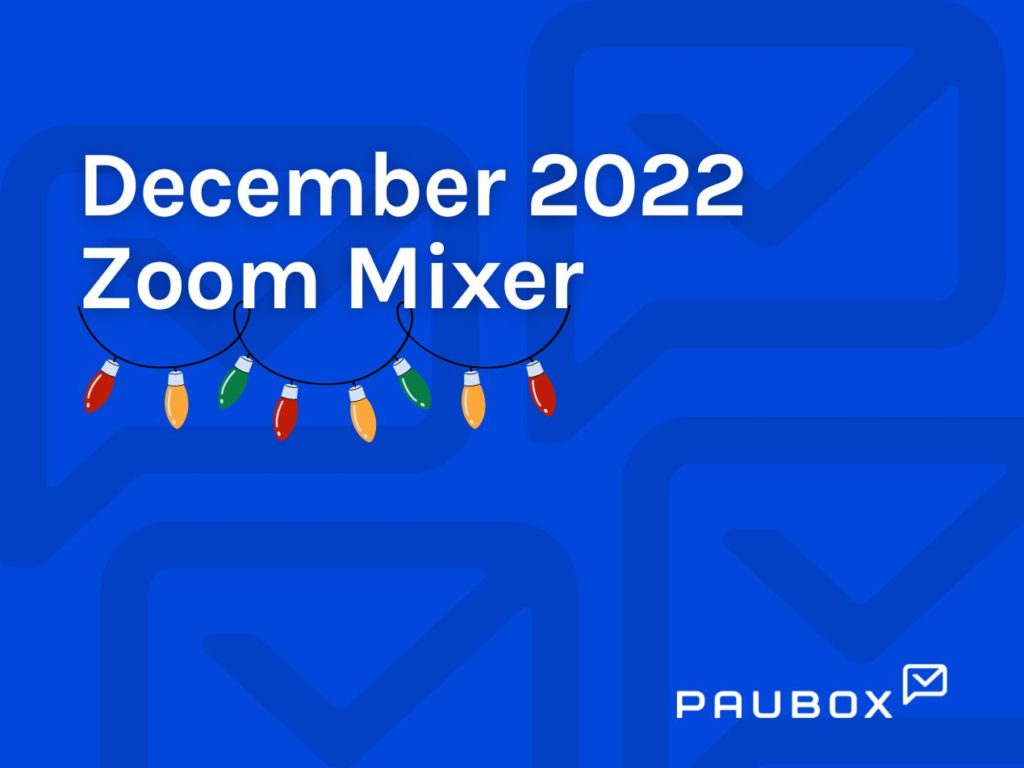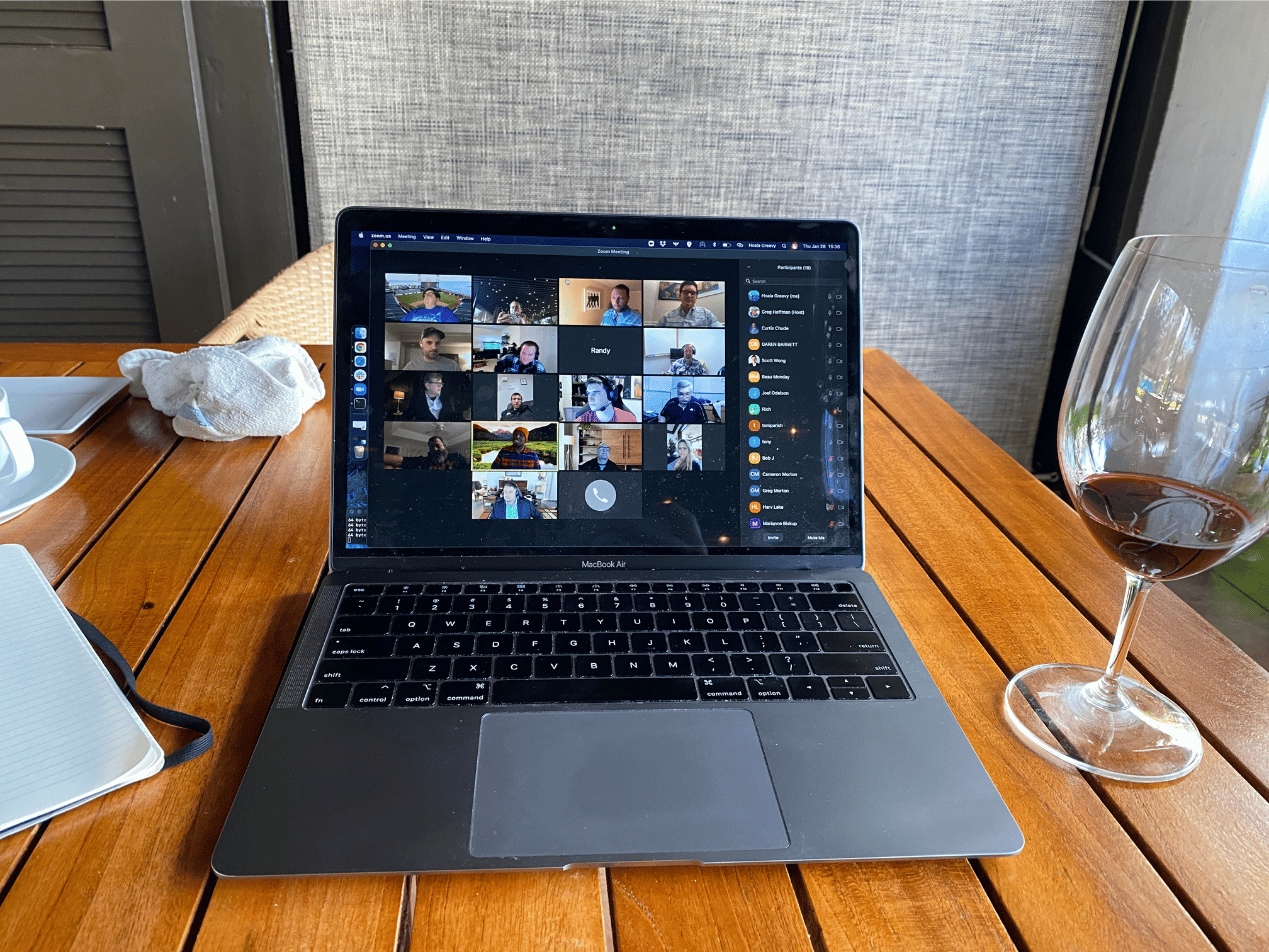1 min read
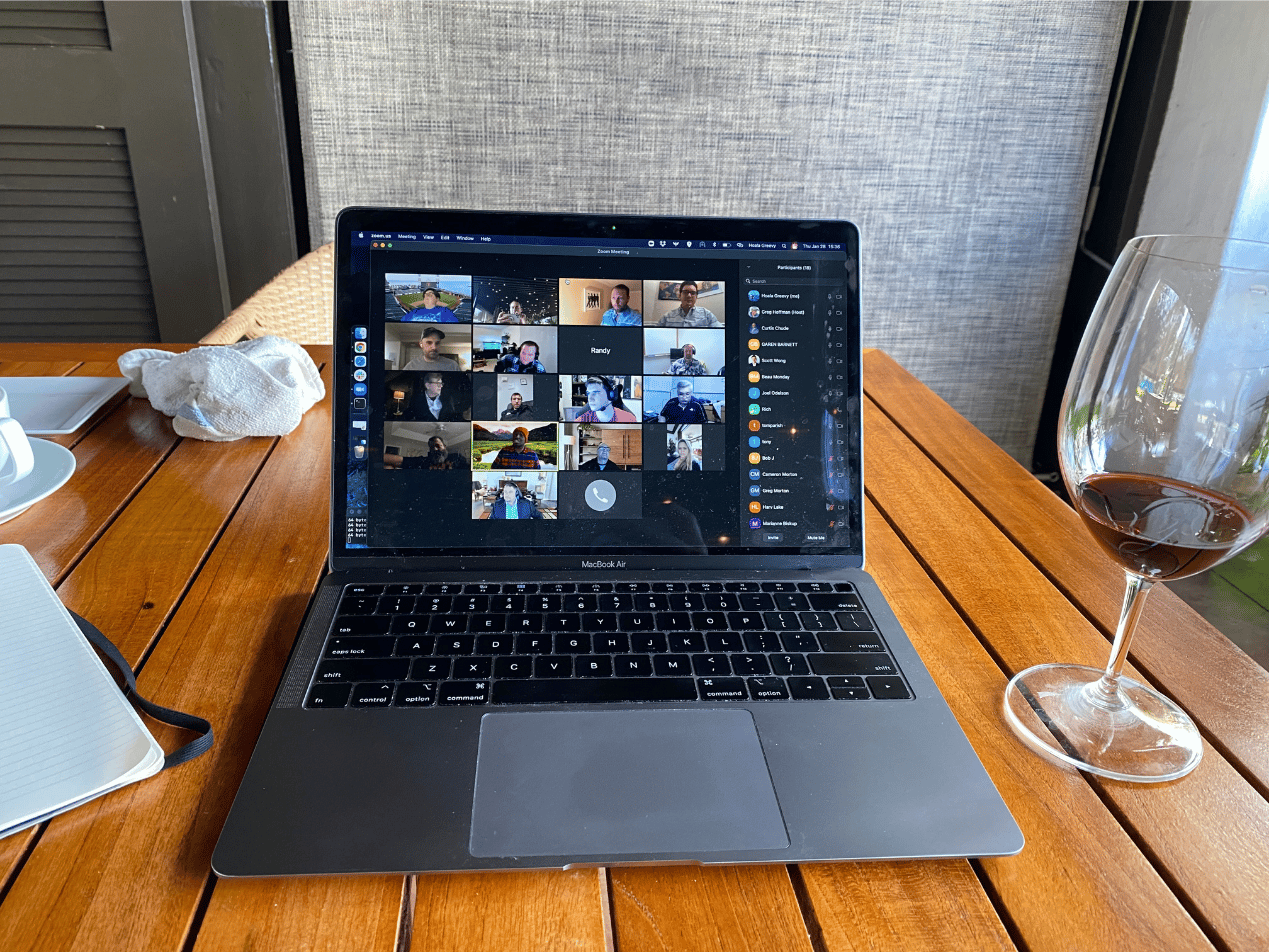
The Social Mixer, a concept we copied from Salesforce, has proven to be one of our most effective Marketing activities. Starting from our first social mixer in a discounted Las Vegas hotel room in 2016, we've refined our approach over time. In a nutshell, a proper social mixer must include:
- Customers
- Prospects
Once both parties are in the same place, our primary job is make sure each person has food and drink in their hands. That's it. No blatant sales talk. In fact, it's our happy customers that invariably do the selling. Over time, we've noticed it's our delighted customers that tend to show up. In other words, it's a good idea to focus invites on NPS Promoters.
See Related: How Often Should We Do NPS?
When the pandemic hit the U.S. in March 2020, our social mixers immediately stopped. The concept of a Zoom Social Mixer was thus born from a simple premise: How do we recreate things we used to do in real life (IRL) on the internet? Let's take a closer look.
Part 1: Invites
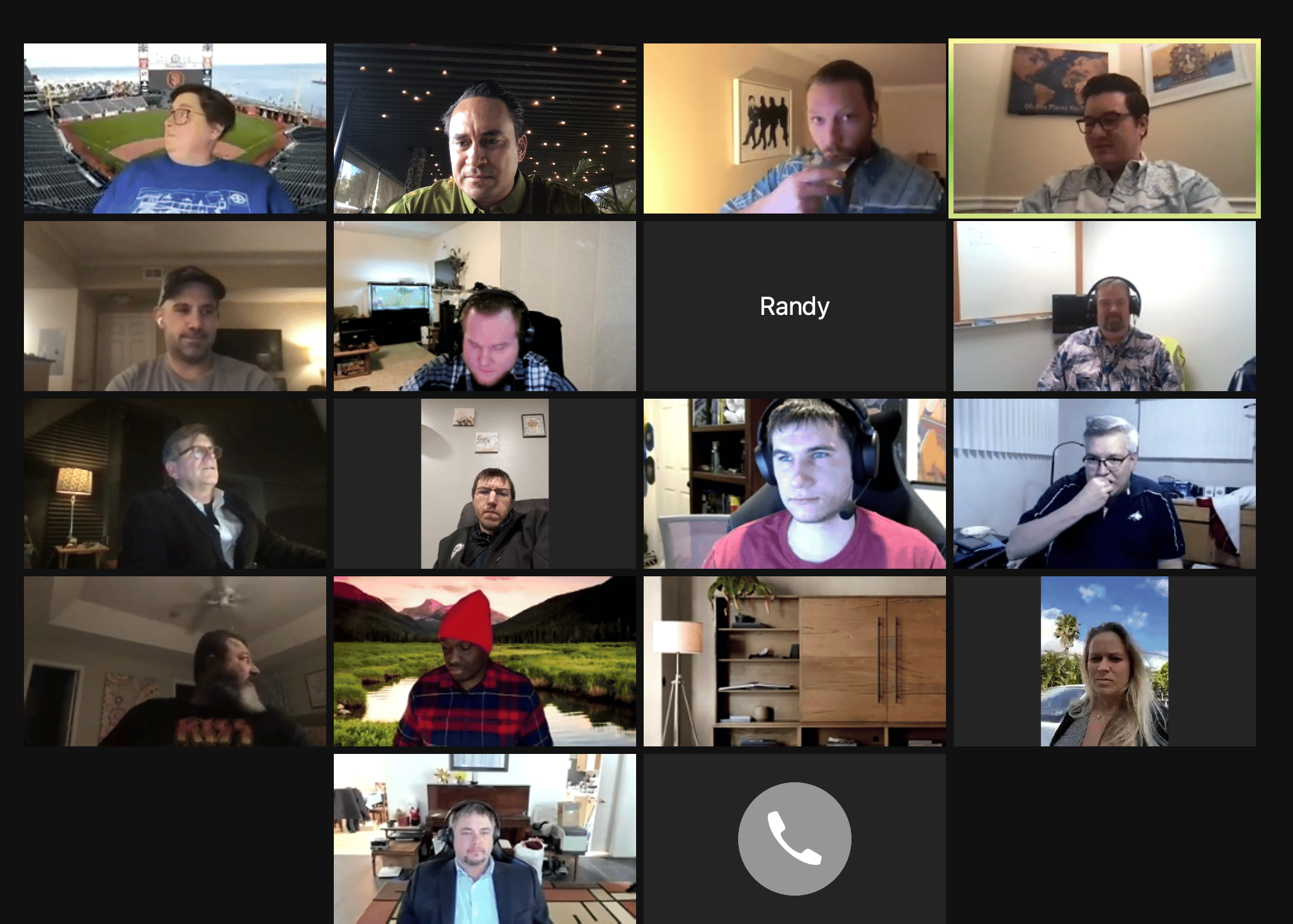
Since both customers and prospects are required for success, it takes coordination between departments to make sure both parties show up. With a Zoom Social Mixer, we get the added benefit of being able to invite folks from different parts of the country. It's a work in progress, but here's how we've been delegating invitations:
- Marketing. Primarily via targeted email marketing, the Marketing team invites strategic customers to attend. This is a high leverage activity that does not require a personal relationship with the customer.
- Sales. Account Executives (AEs) are free to invite prospects they're talking to attend. If an AE gets an RSVP, they're also invited to the mixer. AEs are also free to invite customers they're in contact with to attend.
- Customer Success. During Quarterly Business Reviews with Mid-Market and Enterprise customers, Customer Success Managers make sure to mention our upcoming Zoom Social Mixers.
As a rule of thumb, we think the ideal size for a Zoom Social Mixer is 18-22 people. This generally correlates to how many folks can fit on a Zoom screen in Gallery View.
Part 2: Two Questions
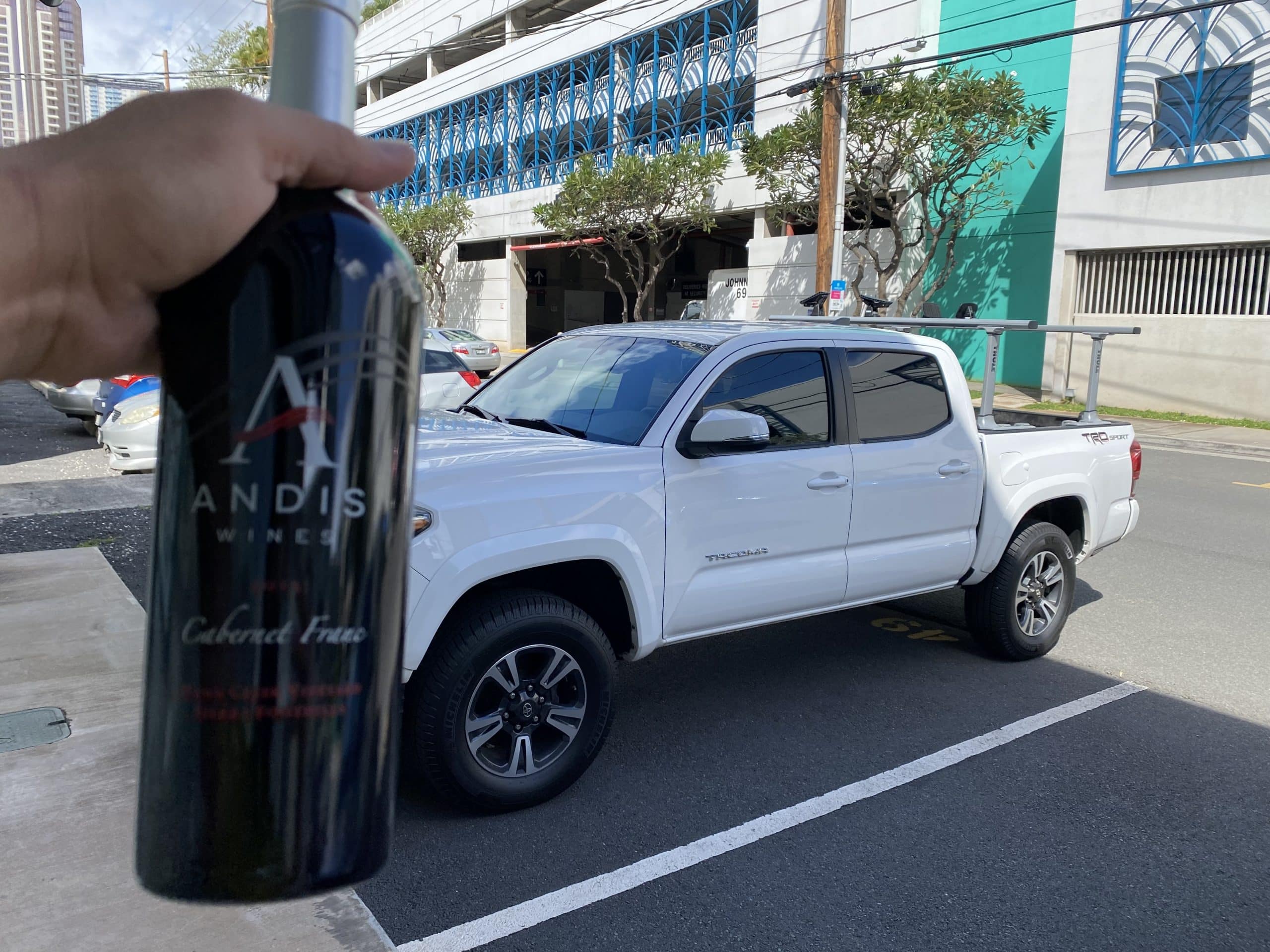
With our first Zoom Social Mixer, we realized a key to success was to figure out a way to deliver beverages (usually alcohol) to both customers and prospects, wherever they may be. And it needed to be done beforehand. To sum it up, we asked each attendee two questions:
- What do you want to drink?
- Where do you want it delivered?
Using a patchwork of apps and services like Drizly, Instacart, BevMo, and even my own truck, we've gotten deliveries out to folks in Montana, Florida, California, Texas, Washington, and Hawaii. This involves work and preparation, so be prepared to spend time sweating the details.
Part 3: Follow ups
After the mixer, make sure follow ups are assigned and completed. Time is of the essence here, do not let too much time elapse before following up.
Part 4: Measurements
We've adopted using Net Present Value (NPV) to evaluate our Marketing activities. In a nutshell, NPV is the current value of all future cash flows generated by a project, including the initial capital investment. For example, if we spend $100 on a Marketing activity, will the future cash flow generated by that activity, discounted to present value, exceed $100? The idea is to invest in Marketing activities where the NPV is above zero and discontinue those with NPV less than zero. Here's where it gets interesting: In a rational market, a public company's stock price is determined by what the market thinks its future earnings will be, discounted to today. Using that logic, we can see how a Chief Marketing Officer can command attention in the Board Room by showcasing NPV as a guiding light. Due to the nature of our recurring revenue business model (SaaS), our best-in-class logo churn, and the relative low expense of hosting a Zoom Social Mixer, we saw NPV rise above zero within ten days. Thanks to NPV, it's clear what we needed to do next: Pour gas on the flame.
Part 5: Iterate
Now that we can measure and compare Zoom Social Mixers against other Sales and Marketing activities, it's clear we need to increase velocity and continue improving. A great way to level up is by iterating. An experiment we're doing now is hosting Private Zoom Social Mixers. In this scenario, we ask our NPS Promoters if they'd be willing to invite people they think would also benefit from using Paubox. In most cases, it's their vendors and partners. In effect, it's a Zoom Social Mixer only for our customer and their ecosystem. By getting a customer's entire ecosystem using our secure, frictionless email platform, everyone's productivity and security increases. It's a natural win-win.
Our Tech Stack
Here are some of the solutions that help us at Paubox execute Zoom Social Mixers.
- Paubox Marketing: We are big on the future prospects of Paubox Marketing, our secure email marketing platform.
- Zoom: It's reliable and well known. A safe bet for video conferencing.
- HubSpot: We're new customers of HubSpot.
- Salesforce: The CRM market leader.
- Drizly (now Uber): If it's available in your desired city, this is a reliable option for alcohol delivery.
- Instacart: We use Instacart as a backup plan if Drizly isn't available.
- TopShelf Wine & Spirits: A Drizly backup plan
- BevMo: Another Drizly backup plan
- Google Workspace. We use Google Sheets to compile RSVP lists.
One last note, I got the idea for this post from HubSpot, who openly shared their Enterprise Marketing Playbook. See Also: HubSpot and AWS Meetup: Partnerships, Startups, and HubSpot Ventures
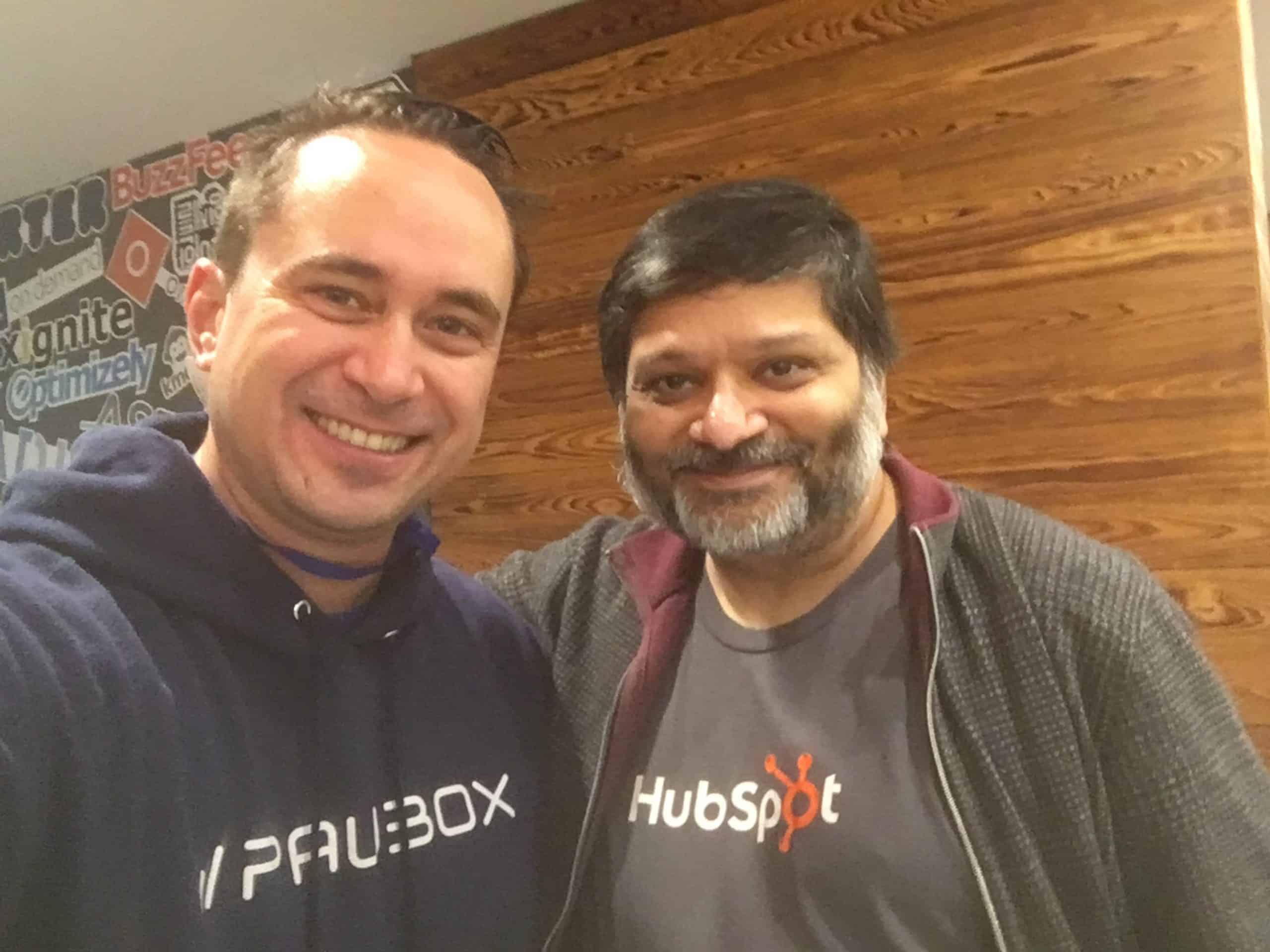 Selfie with HubSpot Co-Founder Dharmesh Shah (December 2018, San Francisco)
Selfie with HubSpot Co-Founder Dharmesh Shah (December 2018, San Francisco)
Subscribe to Paubox Weekly
Every Friday we'll bring you the most important news from Paubox. Our aim is to make you smarter, faster.

 Hoala Greevy
Hoala Greevy

